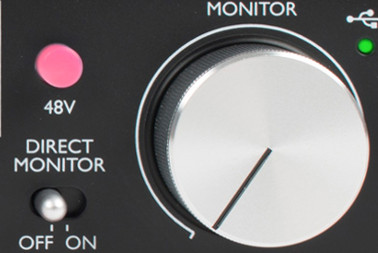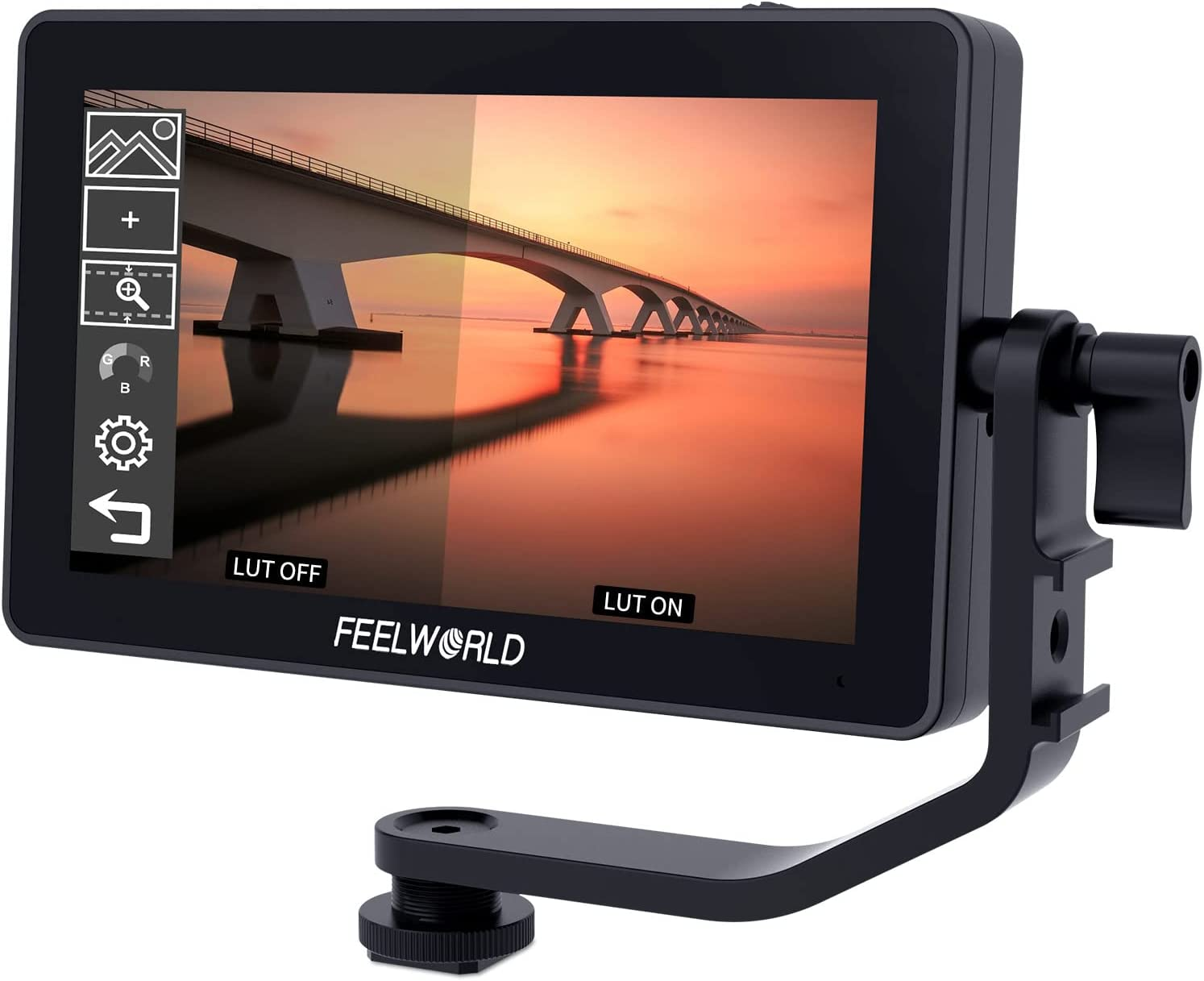다이렉트 모니터링 vs 소프트웨어 모니터링
다이렉트 모니터링의 단점
다이렉트 모니터링은 녹음할 때 모니터링되는 소리에 레이턴시가 없다는 큰 장점 덕분에, 많은 녹음 작업에서 소프트웨어 모니터링보다 선호되는 경향이 있습니다. 이는 DAW를 거치지 않고 오디오 인터페이스의 입력으로 들어오는 소리를 바로 모니터링 아웃풋으로 보내주기 때문에, 제로 레이턴시를 실현할 수 있습니다. 그러나, 다이렉트 모니터링에도 몇 가지 단점이 존재합니다.
소프트웨어 모니터링의 경우에는 ASIO 버퍼 사이즈에 따라 레이턴시가 발생하지만, DAW 내에서 플러그인을 적용한 상태로 소리를 모니터링할 수 있습니다. 이는 녹음 중 플러그인을 통해 실시간으로 변형된 소리를 들을 수 있다는 장점이 있습니다.
예를 들어, 기타 앰프 시뮬레이터 플러그인을 사용하는 경우, 반드시 플러그인을 활성화한 상태에서 모니터링해야 제대로 된 연주가 가능합니다. 기타의 생톤으로 모니터링하면서 녹음을 진행하고 나중에 플러그인을 적용해 디스토션 이펙트를 걸 경우, 연주 당시 어떤 소리가 나왔을지 예측하기 어려워집니다.
보컬 녹음에서도 리버브, 이퀄라이저, 컴프레서와 같은 플러그인을 걸고 녹음하면, 그 효과를 적용한 소리를 모니터링하면서 녹음할 수 있습니다. 이렇게 해야 나중에 녹음 결과가 어떻게 나올지 예측하면서 작업할 수 있고, 더 나은 결과물을 기대할 수 있습니다.
비유하자면, 미러리스 카메라로 사진을 찍을 때, LCD 모니터를 통해 실시간으로 사진의 화이트 밸런스, 색감, 효과 등을 미리 확인하면서 찍는 것과 같습니다. 결과적으로 원본 파일과 더불어, 미리 조정된 효과가 적용된 파일을 함께 얻을 수 있듯이, 녹음 시에도 미리 이펙트를 걸고 모니터링하는 것이 유리합니다.
다만, 소프트웨어 모니터링은 레이턴시라는 단점이 있고, 반대로 다이렉트 모니터링은 플러그인을 적용한 상태의 소리를 미리 모니터링하지 못한다는 한계가 있습니다.
소프트웨어 모니터링의 단점
소프트웨어 모니터링은 오디오 인터페이스의 다이렉트 모니터링이나 DSP 믹서를 사용하지 않고, 컴퓨터의 DAW 소프트웨어를 통해 모니터링하는 것을 말합니다.
소프트웨어 모니터링의 가장 큰 단점은 ASIO Input/Output 레이턴시의 영향을 받는다는 점입니다. 하지만 이 외에도 중요한 단점이 있습니다. 싱글 채널 녹음을 할 때는 큰 문제가 없지만, 멀티트랙 녹음을 하는 경우에는 동시에 여러 채널을 모니터링해야 하기 때문에, 모니터링 지연이나 동기화 문제가 발생할 수 있습니다. 각 트랙마다 레이턴시가 다르게 적용될 수 있으며, 이는 녹음 당시의 실시간 모니터링을 어렵게 만들어 작업 효율에 영향을 미칠 수 있습니다.
멀티트랙 녹음에서의 이러한 문제는 레이턴시로 인해 악기 간의 타이밍이 어긋나거나, 전체 믹스의 밸런스가 맞지 않게 될 가능성이 큽니다. 이로 인해 다이렉트 모니터링이나 하드웨어 기반 DSP 모니터링이 필요한 상황이 생길 수 있습니다.
그래서, 홈레코딩의 경우 싱글 채널만 녹음하는 경우가 주로 많이 있기 때문에, 이러한 상황에서는 소프트웨어 모니터링을 어느 정도 사용해 볼 수는 있지만, 드럼 녹음이나, 녹음실에서 밴드 원 테이크 녹음을 하는 경우에는 소프트웨어 모니터링을 적용하는 것은 위험할 수도 있습니다.
—admin@homerecz.com - 정승환 - 2023/02/13 - 서명됨
[공지]회원 가입 방법
[공지]글 작성 및 수정 방법


